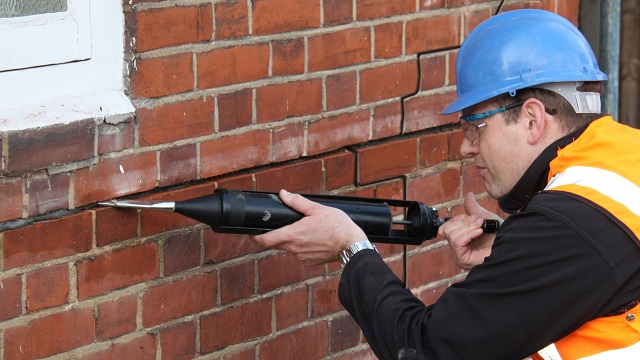The primary coat or rendering for plasters is from 1/2 to 3/4 creeps thick. The completing or setting coat is around 3/16 creeps thick, and is worked with a hand coast on the surface of the rendering, which should first be wet all around.
Outside plastering
Stucco is a term approximately connected to almost a wide range of outside putting, whether made out of lime or of bond. Right now it has fallen into disapproval with plasters in Melbourne. In the early part of the nineteenth century a lot of this work was finished. Bond has to a great extent superseded lime for this work. The chief assortments of stucco are normal, harsh, toweled and mongrel. .
Sgraffito
Sgraffito is the name for scratched decoration in mortar. Scratched trimming is the most seasoned type of surface adornment, and is highly utilized on the landmass of Europe, particularly in Germany and Italy, in both outside and inward circumstances.
Appropriately treated, the work is solid, compelling and cheap. A first coat or rendering of Portland bond and sand, in the extent of one to three, is laid on around a crawl thick. At the point when this coat is almost dry, it is done with a smooth-skimming, 1/12 to 1/8 crawls thick, of Parian, selenitic or other fine bond or lime.
Coats
Mortars are connected in progressive coats or layers on dividers or lathing and picks up its name from the quantity of these coats.
•One coat work is the most coarse and least expensive class of putting, and is restricted to substandard structures
•Two-coat work is frequently utilized for production lines or stockrooms and the less imperative rooms of living arrangements
•Three-coat work is typically indicated for all great work.
Moldings
Plain, or un-enriched, moldings are framed by plasterers in Melbourne with a running mold of zinc slice to the required profile a procedure that has continued as before for more than 200 years.
Cracks
Breaks in putting might be created by settlement of the working, by the utilization of second rate materials or by awful workmanship.
Slabs
The pieces might be acquired either with a scratched surface, which requires completing with a setting coat when the segment or roof is in position, or a smooth completed face, which might be papered or painted quickly the joints have been precisely made.
Fibrous plaster
Stringy mortar is given the suggestive name “stick and cloth” by plasterers in Melbourne, and this is a harsh portrayal of the material, for it is a sinewy made out of mortar laid upon a sponsorship of canvas extended on wood. It is greatly utilized for moldings, roundabout and improved housings to segments and braces and decorative work, which is worked in the shop and settled in position.
How much does’t it cost for tuckpointing Melbourne? get in touch with our experts to avail the best deals.
Concrete will last a long time and is a great choice for retaining walls that need extra reinforcing and strength. Contact us today for retaining wall blocks Melbourne.
For the best plasterer in southbank, get in touch with We Fix Walls to get the plasterer Mulgrave repairs services done.
For durable gravel driveways In Melbourne, contact JC Paving today to avail the best services.
If you are looking for leading plantation shutters in Melbourne, contact Everything Blinds in Melbourne today for he best services.

